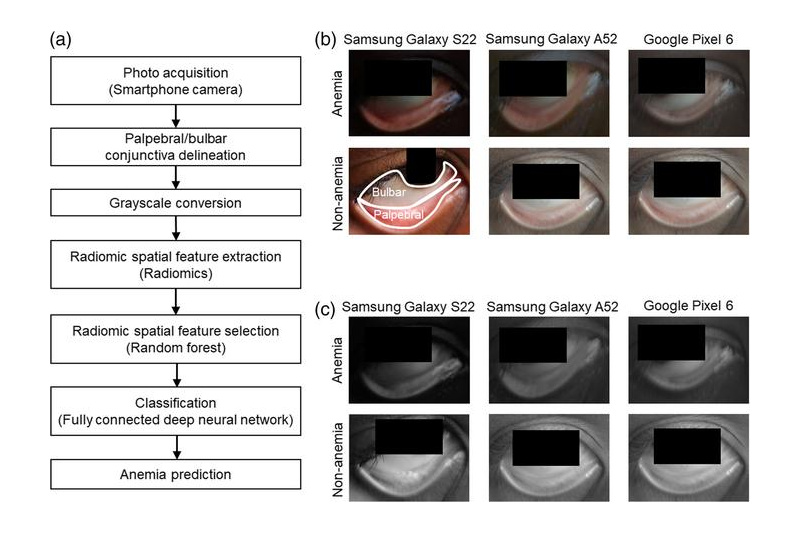
International Team Advances Medical Imaging with Optimal Polarization

An international research team led by Dr. Jan-Bernd Hövener from the Medical Physics Section of the Department of Radiology at the Medical Center – University of Freiburg has developed a new, cost-efficient method for magnetic resonance imaging (MRI).
Now the scientists have elucidated the underlying mechanism of the new method in the renowned journal CHEMPHYSCHEM. As a comparison of theoretical simulations with experimental results demonstrates, the basic mechanism is now explained. The method could enable high-resolution MRI images even without expensive high-powered magnets.
The thorough investigation of all relevant factors is an important step toward understanding the new effect, which could lead to the development of new MRI devices for conducting cost-effective chemical analyses as well as precise diagnoses in remote areas – reason enough for CHEMPHYSCHEM to print the study on the inside cover.
Magnetic resonance imaging is a technique that can be used to create cross-sectional images of soft tissue structures inside the body without harmful radiation. MRI devices align a part of the magnetic moments of the hydrogen atoms in the body tissue in an artificial magnetic field and stimulate them with radio-frequency waves, whereupon they return to their original state.
Different signals are sent out depending on the structure and water content of the tissue, forming the basis for calculating the image. The technique usually requires very expensive magnets in order to achieve a sufficiently strong signal. The newly developed continuous hyperpolarization method enables MRI devices to align a much larger part of the hydrogen atoms in lower magnetic fields.
Even in a very weak magnetic field created with a simple battery, the signal is one hundred times stronger than in conventional MRI devices currently in use at hospitals. In addition, thanks to parahydrogen the polarization effect remains available for as long as needed: Normal hydrogen gas, whose atomic nuclei are in a special quantum state, causes the polarization to renew itself after each measurement by means of a chemical exchange reaction, thus enabling multiple images.
In their current study, the Freiburg researchers are searching for the factors responsible for influencing this effect of continuous hyperpolarization: “We’re looking for the optimal conditions for this method. The comparison between theoretical simulation and experimental results shows that the retention time (temperature) and concentration of the parahydrogen play a role as well as the strength of the magnetic field,” says Hövener, who conducts his research at the Medical Physics Section of the Department of Radiology at the Medical Center – University of Freiburg. “It was important to understand
this new effect before speculating about biomedical applications. Fortunately, this is now the case.”
Hövener’s research has attracted great interest: His publication last year in Nature Communications won him second place in the competition for the Klee Foundation Prize of the German Society for Biomedical Engineering (DGBMT), which will be awarded in October at DGBMT’s annual meeting in Hanover.
The German Research Foundation (DFG) is providing the Freiburg medical physicist funding to establish his own research group within the context of the Emmy Noether Program. Hövener has set a clear research goal for the group: “We want to develop new hyperpolarization methods and thus take on the challenges of modern diagnostics. Ultimately, our goal is to develop new methods for identifying and observing diseases earlier, more affordably, and better.”
Title of original publication: Continuous Re-hyperpolarization of Nuclear Spins Using
Parahydrogen: Theory and Experiment
doi: 10.1002/cphc.201402177
http://onlinelibrary.wiley.com/doi/10.1002/cphc.201402177/abstract
Contact:
Dr. Jan-Bernd Hövener
Hyperpolarization Group Leader
Medical Physics, Department of Radiology
Medical Center – University of Freiburg
Phone: +49 (0)761 270-93910
jan.hoevener@uniklinik-freiburg.de
www.hyperpolarisation.net
Twitter: @hyperpolarise












